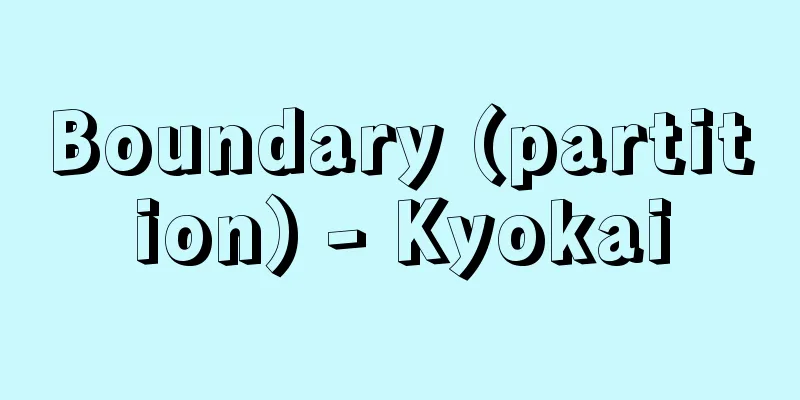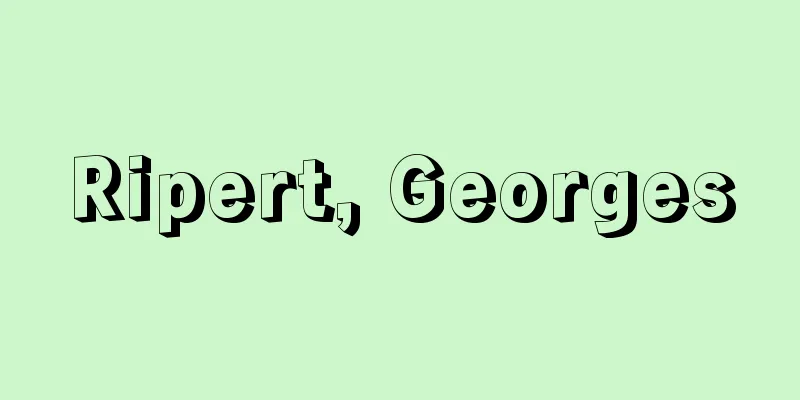Illustrated Sutra of Cause and Effect

|
This is a pictorial explanation of the "Kako Gendai Ingakyo," which tells the story of Shaka's original life (the story of Shaka's past life) and his life story (the biography of Shaka after he was born into this world). The paper used for the sutra is divided into two sections, with the lower section containing eight characters of sutra text and the upper section containing the corresponding illustration. The "Kako Gendai Ingakyo" was originally a four-volume book, but the "E Ingakyo" is thought to have been made in eight volumes, with each volume divided into two volumes. The main extant versions, produced in the Nara period (8th century), include the Jobonrendaiji version (Volume 2, Part 1), the Hoon-in version (Volume 3, Part 1), the MOA Museum of Art version (Volume 4, Part 1), and the Tokyo University of the Arts version (Volume 4, Part 2). Of these, the Hoon-in version has an ink inscription near the scroll that reads "Copying the sutra on the seventh day of the month, born in the eighth rank," which suggests it was created by a sutra copyist of the time, and dates to around the Tenpyo period (729-749). Although there are some differences in the calligraphy and painting styles of the above works, all of them have the sutra text in the style of the sutra copy of the time, and the pictures in an old style reminiscent of the Six Dynasties period in China. The depictions are extremely simple, with buildings, mountains, trees, etc. drawn in a stylized style as if pressed with a stamp, and simple pictograms outlined in ink are painted in primary colors such as crimson, vermilion, green, blue, yellow, and white. The composition is continuous, with paragraphs separating the previous and next scenes using trees, rocks, and earthenware. Other works produced during the Kamakura period (13th century) include the Nezu Museum edition (Volume 2, part 2) and the Daitokyu Memorial Library edition (Volume 3, part 2), both of which have colophons indicating that they were painted in 1254 (Kencho 6) by Keinin (or Keion) and his son Shojumaru. The style of the painting is light in color and light in line, and is very different in feel from those of the Nara period. To distinguish between the two, the Nara period version is called the "Old Ingakyo" and the Kamakura period version is called the "New Ingakyo." [Yasushi Murashige] "Newly Revised Complete Collection of Japanese Picture Scrolls 1: Illustrated Sutra of Cause and Effect" (1977, Kadokawa Shoten) Source: Shogakukan Encyclopedia Nipponica About Encyclopedia Nipponica Information | Legend |
|
釈迦(しゃか)の本生譚(ほんしょうたん)(釈迦の前世における物語)と仏伝(釈迦のこの世に生まれてからの一代記)を説いた『過去現在因果経』に絵を加え、経文の絵解きをしたもの。経巻の料紙を上下2段に分けて、下段に8字詰めの経文を書写し、上段にこれに対応する絵を描いている。『過去現在因果経』は本来四巻本であるが、『絵因果経』はその各巻を上下2巻に分け、八巻本として世に行われていたと思われる。現存する主要なものとしては、奈良時代(8世紀)制作のものに上品蓮台寺(じょうぼんれんだいじ)本(第2巻上)、報恩院本(第3巻上)、MOA美術館本(第4巻上)、東京芸大本(第4巻下)などがある。このうち報恩院本は軸に近く「□月七日写経生従(じゅ)八位」の墨書があるので、当時の写経司の制作と推定、天平(てんぴょう)(729~749)ごろの作であることがわかる。以上の作品は書風、画風に多少の違いはあるが、いずれも経文は当時の写経体、絵は中国六朝(りくちょう)風の古体で書かれている。楼閣、山、樹木など型で押したように類型的に描かれ、墨がきの輪郭による簡略な象形に、丹(たん)、朱、緑、青、黄、白などの原色を施し、描写はすこぶる素朴である。また連続式構図で描かれ、樹木、岩石、土坡(どは)などで前後の場面の段落をつけている。また鎌倉時代(13世紀)制作のものに根津美術館本(第2巻下)、大東急記念文庫本(第3巻下)などが現存し、ともに1254年(建長6)に慶忍(または慶恩)とその子聖衆丸(しょうじゅまる)が描いたことが奥書で知られる。画風は色彩も淡泊、描線も軽妙で、奈良時代のものとは大いに趣(おもむき)を異にする。なお両者を区別して、奈良時代のものを「古因果経」、鎌倉時代のものを「新因果経」とよんでいる。 [村重 寧] 『『新修日本絵巻物全集1 絵因果経』(1977・角川書店)』 出典 小学館 日本大百科全書(ニッポニカ)日本大百科全書(ニッポニカ)について 情報 | 凡例 |
Recommend
Magistrate - Bugyo
〘 noun 〙① (━suru) To command others and execute ma...
house mosquito
...A general term for insects belonging to the Cu...
Kake [town] - Kake
A former town in Yamagata County, western Hiroshim...
Millet
…It is a kind of small earthenware teapot, and is...
Cyst
...The pustules seen in contagious impetigo (also...
Deltawerk
…The Delta Commission, which was established imme...
Electrochemical cation
...It consists of a high-frequency current genera...
Sakanoue no Karitamarō
728-786 A warrior from the Nara period. Born in t...
Anynuipe - Anynuipe
...The sakamakura used in the Daijosai ceremony i...
Alkaline soil - Alkaline loach
A strongly alkaline soil (pH 8.5 or higher) rich i...
Bat (English spelling) bat
A general term for mammals belonging to the order ...
Peasant Revolt - Nouminhanran
Throughout history, there are many cases in which ...
Agent Wholesalers (English)
… Wholesalers whose main business is wholesale ar...
Old Institutional School - Old Institutional School
...The quantitative analysis is considered instit...
Darboux, Jean Gaston
Born: August 14, 1842, Nimes [Died] February 23, 1...





![Kihoku [town] - Kihoku](/upload/images/67cb56cb01699.webp)



